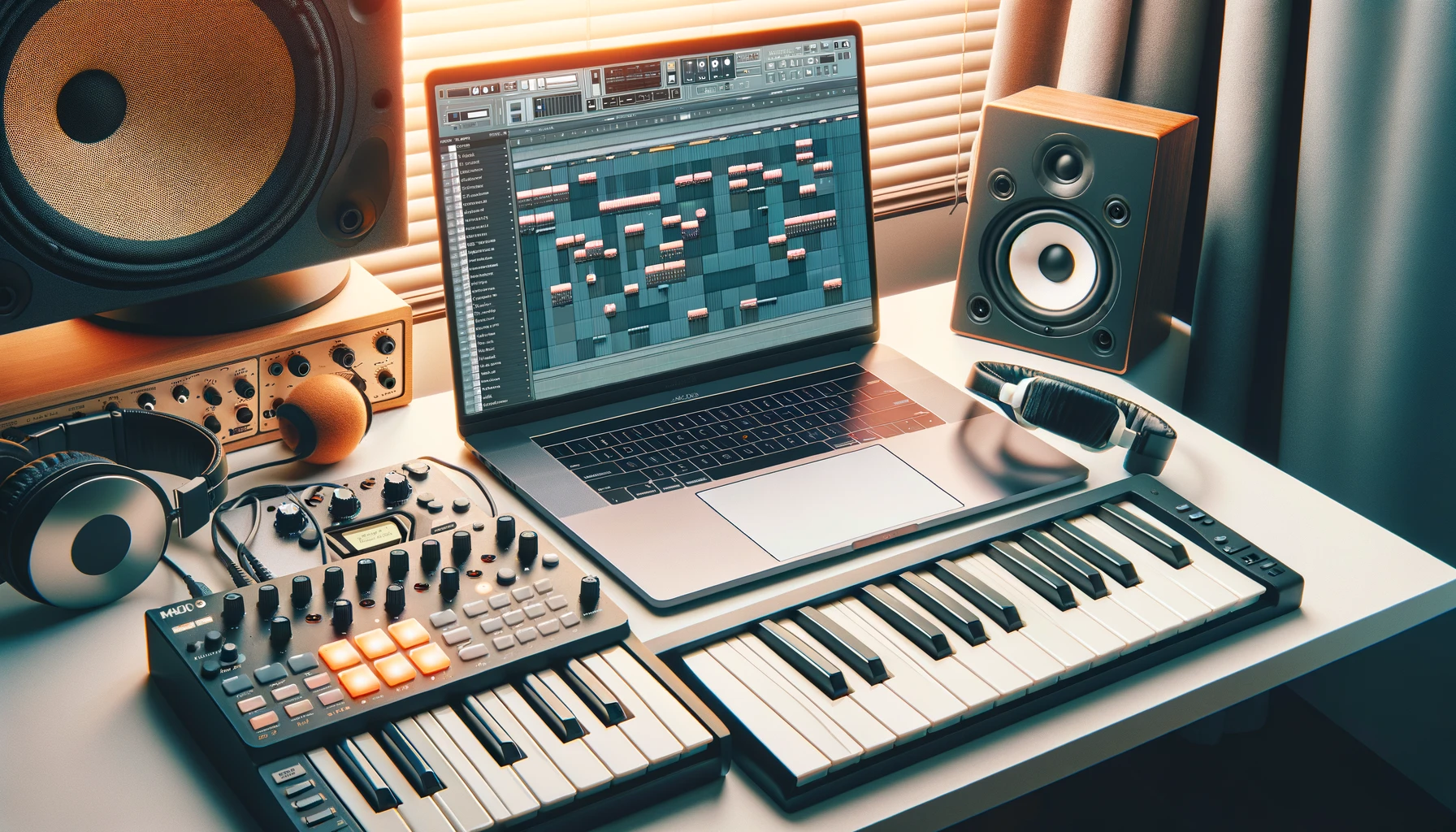Struggling to get your MIDI controller to work seamlessly with FL Studio?
Curious about how to assign MIDI controls to unlock the full potential of your music production setup?
Let’s dive in and explore the step-by-step process to configure your MIDI controller for maximum efficiency and creativity within FL Studio.
How to Assign MIDI Controls in FL Studio – Quick Summary
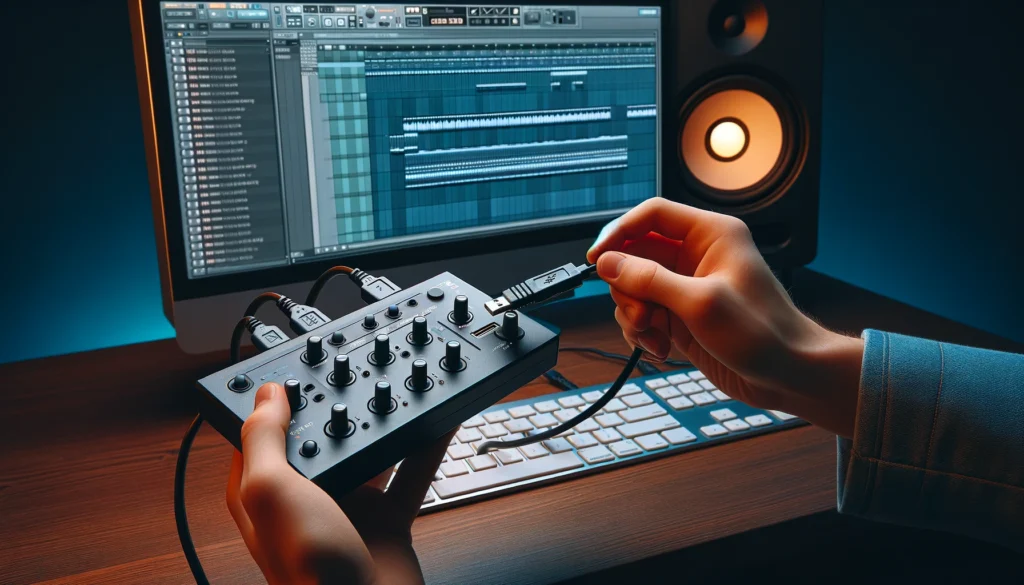
To assign MIDI controls in FL Studio, first connect your MIDI controller to your computer and enable it within the software’s MIDI settings.
Then, open the Mixer window or instrument plugin interface, right-click on the parameter you want to control, and select “Link to controller.” Move the desired control on your MIDI device to assign it to the selected parameter.
Test your mappings, save presets, and customize keyboard shortcuts for a fully optimized MIDI control setup.
We’ll explore each of these steps in-depth below.
Setting Up Your MIDI Controller
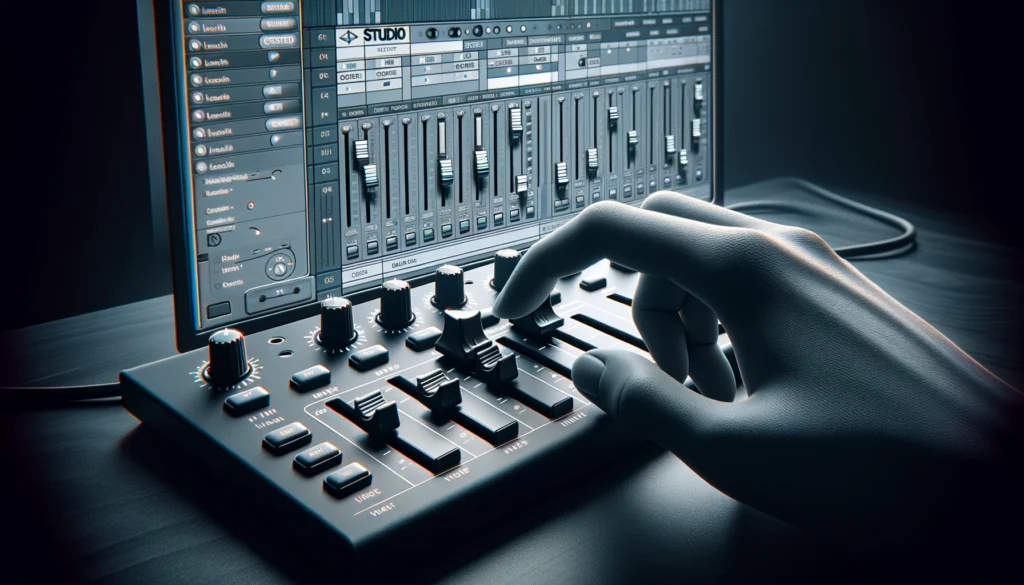
In order to use your MIDI controller with FL Studio, you will first need to connect it to your computer.
This typically involves using a USB cable, though some controllers may have additional connection options.
Once connected, open FL Studio and navigate to the MIDI settings menu.
Here, you will need to enable your MIDI controller for use within the software.
This process may vary slightly depending on the specific model of controller you are using, but generally involves selecting your device from a list and ensuring it is set to the correct input and output channels.
Once your MIDI controller is set up and enabled within FL Studio, you are ready to start assigning controls.
The first step in this process is to open the Mixer window within FL Studio.
This can be done by clicking on the Mixer icon in the toolbar or by pressing the F9 key on your keyboard.
The Mixer window displays a list of all the tracks in your current project, as well as various controls for adjusting volume, panning, and other parameters.
Assigning MIDI Controls to Mixer Tracks
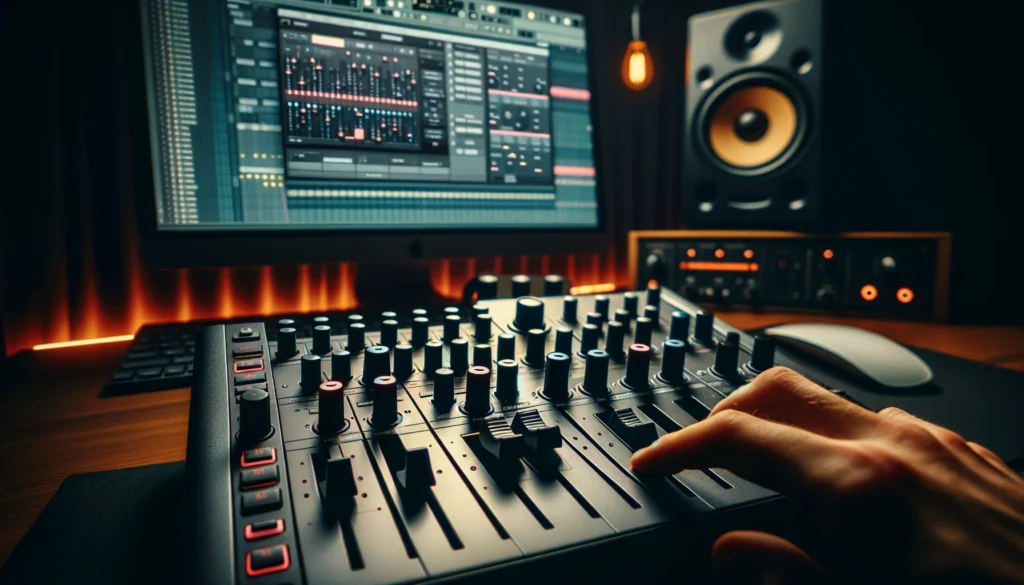
To assign a MIDI control to a specific mixer track, simply select the track by clicking on it in the Mixer window.
Then, right-click on the track and choose the “Link to controller” option from the menu that appears.
A new window will open, allowing you to choose which specific control on your MIDI device you would like to assign to the track.
For example, you may want to assign a knob or slider on your controller to control the volume of a specific track.
To do this, simply move the knob or slider you want to use while the “Link to controller” window is open.
FL Studio will detect the movement and automatically assign that control to the selected parameter.
You can repeat this process for other parameters such as panning, send levels, and more.
Mapping MIDI to Instrument Plugin Parameters
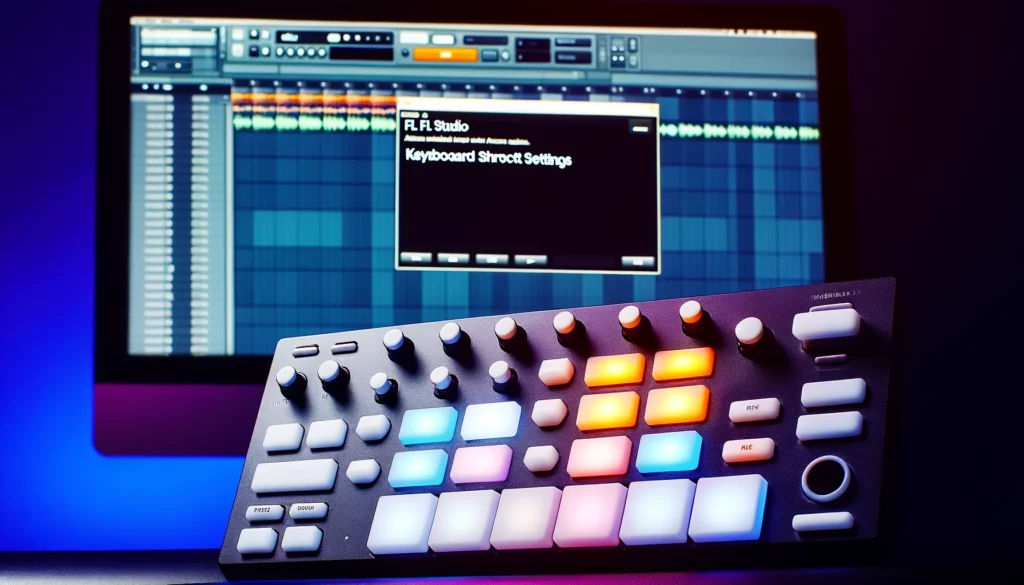
In addition to controlling mixer parameters, you can also use your MIDI controller to adjust settings within instrument plugins.
To do this, first open the interface for the instrument plugin you want to control.
This can typically be done by double-clicking on the plugin within the Channel Rack or by using the dedicated plugin window.
Once the plugin interface is open, identify the specific parameter you want to control with your MIDI device.
This could be something like filter cutoff, resonance, or any other adjustable setting within the plugin.
Right-click on the parameter and choose the “Link to controller” option from the menu that appears.
As with mixer track assignments, a new window will open allowing you to move the specific control on your MIDI device that you want to use.
FL Studio will detect the movement and automatically assign that control to the selected plugin parameter.
You can repeat this process for as many parameters as you like, allowing you to have full hands-on control over your instrument sounds.
Testing Your Mappings
After you have assigned MIDI controls to various parameters within your project, it is a good idea to test your mappings to ensure they are working correctly.
Simply move the knobs, sliders, or other controls on your MIDI device and verify that the corresponding parameters within FL Studio are being adjusted as expected.
If you find that a particular mapping is not working correctly, you can always go back and reassign it using the same process outlined above.
Additionally, you can clear or delete mappings by right-clicking on the parameter within FL Studio and selecting the “Unlink from controller” option.
Advanced MIDI Control: Keyboard Shortcuts
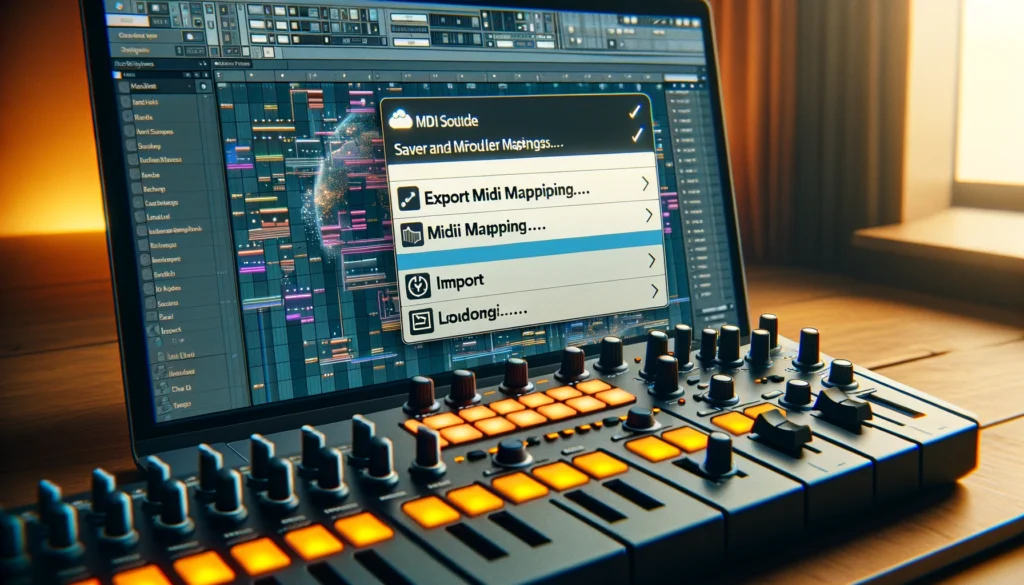
In addition to controlling mixer and instrument parameters, you can also use your MIDI controller to trigger various keyboard shortcuts within FL Studio.
This can be a powerful way to streamline your workflow and increase efficiency, as it allows you to perform common actions without having to reach for your computer keyboard.
To assign a MIDI control to a keyboard shortcut, first open the Keyboard Shortcuts settings within FL Studio.
This can be done by going to the Options menu and selecting “Keyboard shortcuts.” From here, you can browse through the various actions available within the software and find the one you want to assign to a MIDI control.
For example, you may want to assign a specific key or pad on your MIDI controller to the “Play” or “Stop” transport functions within FL Studio.
To do this, simply locate the corresponding action in the Keyboard Shortcuts settings and click on the “Edit” button.
In the Edit Keyboard Shortcut window that appears, you can choose the specific MIDI control you want to use by moving it on your hardware controller.
FL Studio will detect the movement and automatically assign that control to the selected keyboard shortcut.
You can repeat this process for as many shortcuts as you like, allowing you to create a fully customized MIDI control setup for your workflow.
Saving and Loading MIDI Controller Mappings

As you spend time assigning MIDI controls to various parameters and keyboard shortcuts within FL Studio, you may find that you want to save your custom mappings for future use.
Fortunately, FL Studio makes it easy to export your current MIDI controller assignments as a preset file.
To do this, simply go to the Options menu within FL Studio and select “Export MIDI mapping…” From here, you can choose a location on your computer to save the preset file and give it a descriptive name.
This file will contain all of your current MIDI controller assignments, allowing you to quickly and easily recall them at a later time.
To load a previously saved MIDI controller preset, simply go to the Options menu within FL Studio and select “Import MIDI mapping…” Then, navigate to the location where you saved your preset file and select it.
FL Studio will automatically load all of the MIDI controller assignments contained within the preset, saving you the time and effort of manually reassigning each control.
Saving and loading MIDI controller presets can be particularly useful if you work on multiple different projects or collaborate with other musicians.
By exporting your custom mappings as presets, you can quickly and easily recall your preferred settings whenever you start a new project or work on a different computer.
This can help to streamline your workflow and ensure that you have consistent control over your music production tools, regardless of the specific project or environment you are working in.
Conclusion
Assigning MIDI controls in FL Studio is an essential skill for any music producer looking to streamline their workflow and have hands-on control over their creative process.
By mapping knobs, sliders, and other controls on your MIDI device to various parameters and keyboard shortcuts within the software, you can create a fully customized control setup that allows you to focus on the creative aspects of music production, rather than getting bogged down in the technical details.
